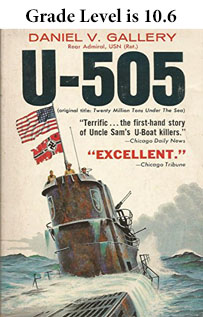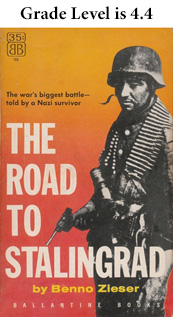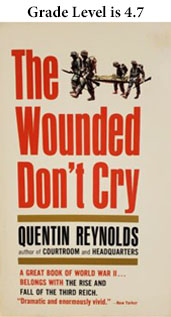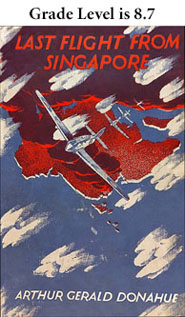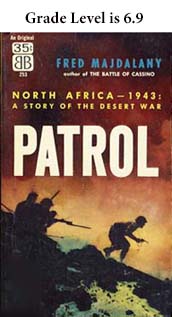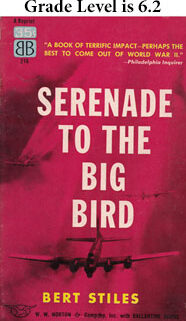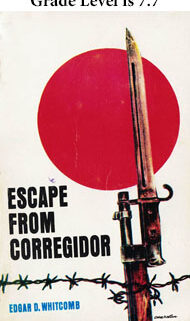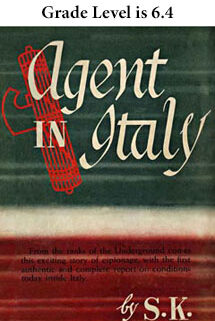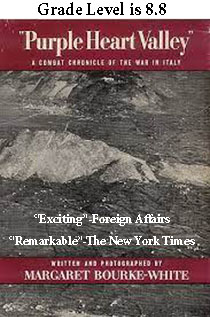U-505 by Daniel V. Gallery
Epub or Mobi?
The epub format below is for your Apple and Android devices and in one case for Amazon devices. As you may know, Amazon has changed to the epub format to use with the Send to Kindle program. A great feature of the Send to Kindle program is that the file will go directly to your Library folder, and not have to be searched for in ES File Explorer or another app. If you use the mobi format in Send to Kindle, you will now get an error message. You can see instructions about Send to Kindle at https://www.amazon.com/gp/sendtokindle/email.
So if you are using this ebook on Apple, or Android devices, or in the Send to Kindle program, you can download this epub file below.
If you or your students want to download directly from this web site to an Amazon device, you can use the mobi format below. When you find the mobi file in ES File Explorer, it will then open in the Kindle app on your tablet. If you download an epub file to your Amazon tablet, it will also open if you have an app such as Overdrive on your tablet. The Kindle app offers an excellent reading experience to start with. Overdrive may need some customization of font size.
Reviews
Admiral Daniel V. Gallery boarded and captured a German U-Boat at sea in June, 1944—the first American officer to so capture an enemy warship since 1815! U-505 is Admiral Gallery’s own story of his extraordinary feat—and also a gripping narrative of the fierce Allied war against the German U-Boat fleet.
“Excellent in several ways: it provides a fine quick survey of the whole Atlantic war, it describes the operation of the German U-boat service, and, most dramatically, it tells how an American task force under Admiral Gallery achieved the unique feat of capturing a German submarine.”—Publishers’ Weekly
“One of the best non-fiction books about World War II.”—Raleigh News & Observer
“U-505 IS ONE OF THE WAR’S MOST EXCITING MEMOIRS.”—Chicago Daily News
“A first-rate adventure tale…suspense and excitement told with a seaman’s salty zest…excellent reading.”—Chicago Sunday Tribune
“A humdinger of a sea story…a highly readable book, trimmed from stem to stern with the writer’s irrepressible sense of humor.”—Chicago Sunday Times
“EXCELLENT.”—Chicago Tribune
“Brimming with thrills.”—Philadelphia News
“An engrossing tale…Pungent, entertaining, informative.”—Navy Times
“A masterful job that merits the attention of every lover of sea stories.”—Pittsburgh Press

